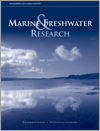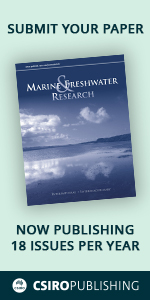This study has shown how river regulation in the northern Murray–Darling Basin affects platypus populations, altering their habitats and food sources. Through trapping and DNA analysis, researchers found platypuses struggling downstream of dams, with potential local extinctions upstream, possibly with no access to drought refugia. The findings call for improved river management to safeguard these unique creatures and their ecosystems.
This article belongs to the collection Environmental Flows in Northern Murray–Darling Basin: what we know about the science and management after a decade of practice.
MF24037 Abstract | MF24037 Full Text | MF24037PDF (2 MB) | MF24037Supplementary Material (749 KB) Open Access Article






